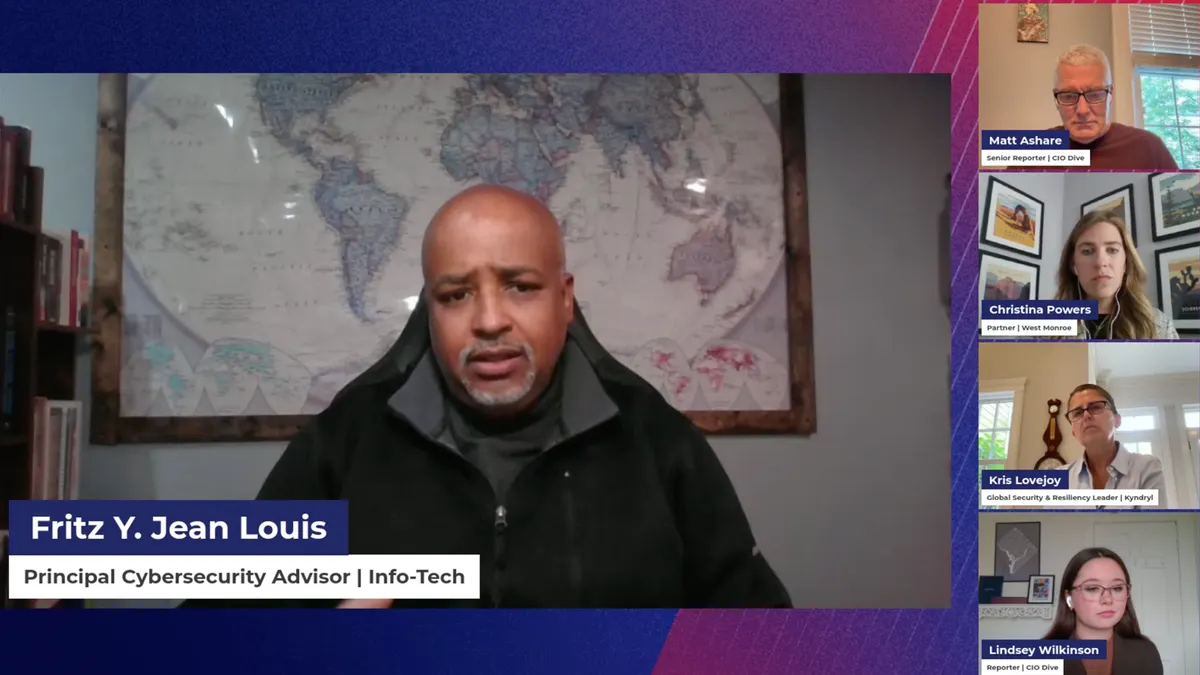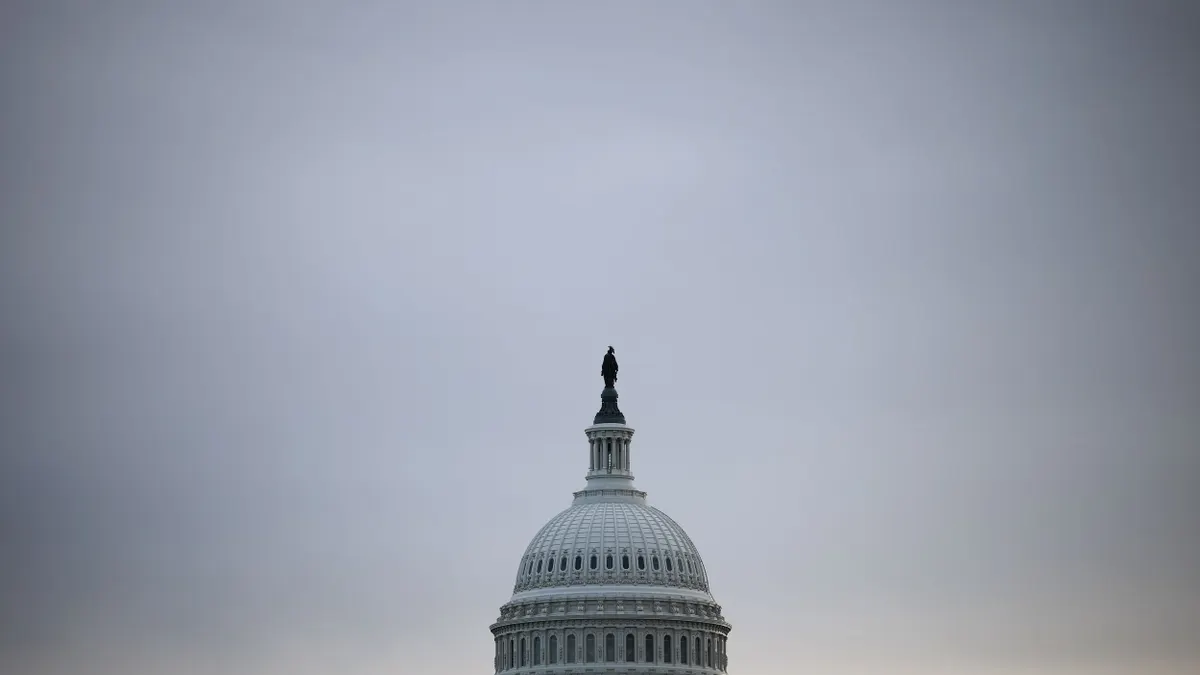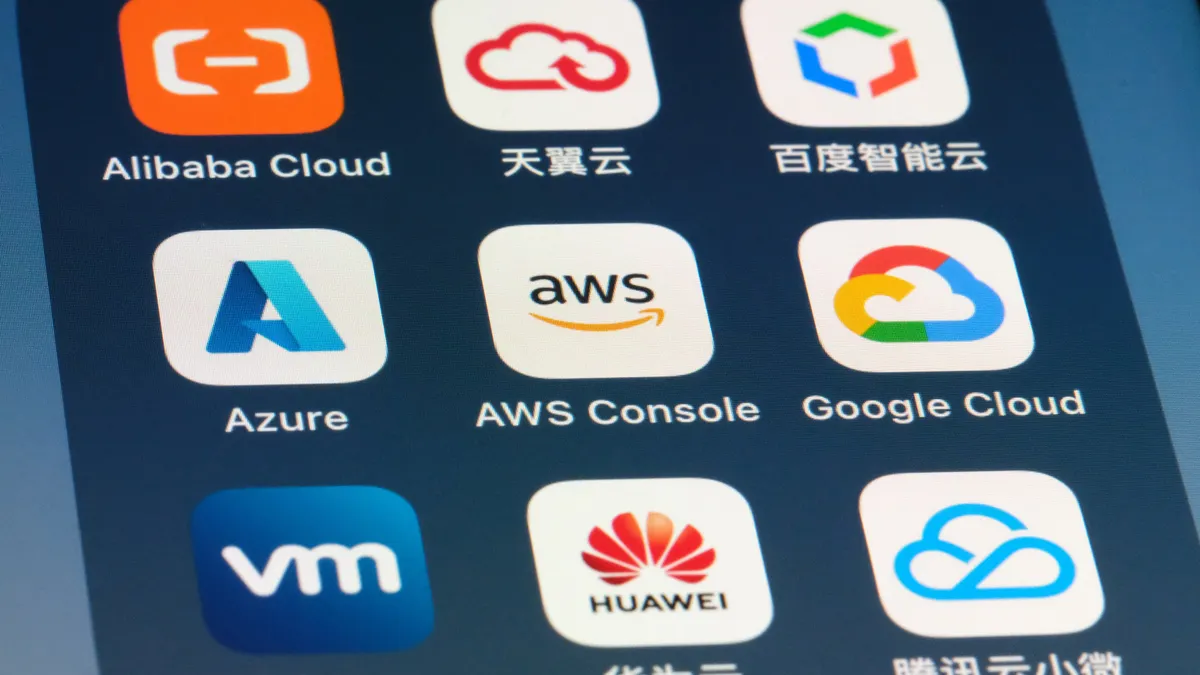Since CIO Dive's inaugural newsletter went live to the world in July 2015, the evolution of IT has thrust the CIO closer to enterprise decision-making.
Buoyed by the star power of digital capabilities, CIOs helped their companies bridge the gap between technological innovation and the favorable business outcomes it enables, gaining C-suite influence along the way.
For PagerDuty CIO Eric Johnson, who spent the past decade serving as CIO across multiple companies, the broad enterprise move toward the cloud proved integral to the changes.
"Looking back, I felt like there were a lot of things we wanted to do, but sometimes the tech hadn't quite caught up," said Johnson, who in 2015 was serving as CIO for software company DocuSign. "CIOs were starting to come out of the back office. They were starting to get more exposure and more opportunity to work with go-to-market teams, and starting to have a better voice as executives in the business."
Alongside an ongoing push to embrace the cloud, the ecosystem of software providers swelled with SaaS offerings during the 2010s, challenging tech chiefs to navigate a complex environment.
"As a CIO, you were no longer in control of the infrastructure," said Merim Becirovic, CIO at Boston Consulting Group. "Up until that point, that was the norm in most organizations."
Though at times critics called for the demise of the role, CIOs spent the past decade owning digital operations, guiding organizations through waves of technology change and leaping to respond to multiple crises — including an overnight move to remote work in 2020. Now, they continue to steer their businesses into uncharted waters as AI seeps into more parts of every organization.
CIOs and the C-suite
IT innovations led to a closer relationship between CIOs and their C-suite counterparts. The shift was driven in part by greater boardroom awareness of technology's role.
"While a CIO still needs to do some education, the acumen of the C-suite has been increasing," said Gartner Distinguished VP Analyst Christie Struckman. "They now have much more savvy partners that they need to talk to, so that becomes a different seat at the table."
The increase in tech savviness has elevated the boardroom view of the CIO. CEOs rank CIOs and chief technology officers among the most effective leaders in the C-suite, according to PwC data published last year.
With back-of-house tasks like data center management increasingly out of their purview, and more mature tools in the IT toolkit, CIOs spent more time connecting technology to core business areas.
"By the time 2019 rolled around, I really felt like there was no debate: the CIO is absolutely a key business partner across the organization and, in many times, even proactively leading and driving business initiatives," Johnson said.
Partnership across the organization has remained a key theme for CIOs. A Gartner survey of over 2,500 CIOs published in October 2023 found more than half are running technology through an "operator mindset," in which they retain digital delivery responsibility but partner with CxOs on digital initiatives.
In another sign of the more direct link with core business operations, the top outcome for CIOs is to improve customer or citizen experiences, according to more than 3 in 5 respondents.
“Business acumen has become table stakes,” Struckman said of CIOs involved in external-facing aspects of the business.
The new frontier
With AI taking over the technology agenda, the clear challenge ahead for CIOs is to remain trusted advisors for their organizations, helping beat back vendor hype while supporting deep transformations in how companies work.
"As I reflect on conversations with peers and the evolution of this role, it’s clear CIOs are taking on broader responsibility for enterprise capability building, especially in areas like data and AI," Principal Financial Group EVP and CIO Kathy Kay said in an email.
Embedding AI across organizations is a process CIOs are deeply involved in, as CEOs pursue AI-driven revenue gains.
"The ability to effectively use and manage generative AI models will become the primary measure of value and success for CIOs," Sinclair Schuller, EY Americas Responsible AI Leader, told CIO Dive. "Additionally, the CIO will play a pivotal role in rolling out AI for all employees, guiding human-AI collaboration to ensure success while avoiding introducing significant risk to their organization."
Though data woes, skill shortages and other AI-related concerns swell, CIOs — it seems — are up for the challenge.
"This is the most exciting time to be a CIO," Johnson said. "I can't think of a time where we've had that much influence, that much responsibility, and we've been that important to a company's long-term success."






















